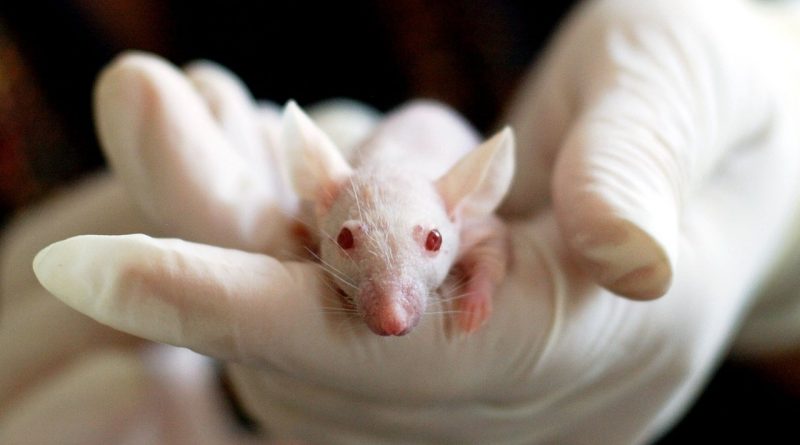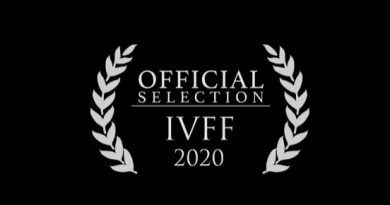NIH Announces End to Funding for Animal-Only Studies
Image by Tibor Janosi Mozes from Pixabay
We at ADAV urge our Canadian funding agencies to follow suit.
The article below came from Drug Discovery & Development and was written by Brian Buntz/July 7th. 2025.
The National Institutes of Health announced on Monday that the biomedical agency would no longer award funding to new grant proposals solely relying on animal testing. The policy was unveiled at the FDA & NIH Workshop on Reducing Animal Testing in comments from Dr. Nicole Kleinstreuer, Acting NIH Deputy Director for Program Coordination, Planning and Strategic Initiatives.
“I’m delighted to announce today that all new NIH funding opportunities moving forward should incorporate language on consideration of NAMS,” Kleinstreuer stated during the workshop, referring to New Approach Methodologies, a suite of modern alternatives including computer modeling, AI and ‘organs-on-a-chip’ technologies. “NIH will no longer seek proposals exclusively for animal models.”
This policy follows closely on the heels of a related April announcement from the FDA, which laid out its own plan to “phase out animal testing requirement for monoclonal antibodies and other drugs.”
A loophole with momentum as well as uncertainty
The specific wording of the NIH policy stops short of mandating alternative preclinical testing. And thus, the prohibition on proposals exclusively using animal models creates a potential loophole: a research plan could still be overwhelmingly based on animal studies, as long as a minor NAM component is included to satisfy the requirement.
But the clear support from both FDA and NIH poses a direct challenge to the business model of some traditional Contract Research Organizations (CROs) whose revenue has historically depended on breeding research animals and conducting large-scale animal studies.
Kleinstreuer framed the policy as a necessary evolution for public health, explaining that the agency’s goals “really cannot be fulfilled using outdated animal-based models that fail to translate to human outcomes,” she said. “We must embrace new technologies.”
NAMs, however, face their own challenges. A 2023 review in Environment International noted that NAMs have “issues regarding predictivity, reproducibility and quantification” that “need to be addressed and regulatory and legislative frameworks.” The same review acknowledges that “Due to the lack of organismal complexity, missing toxicokinetic context, and the limitations in terms of treatment duration and toxicological space covered, doubts have been raised as to whether especially systemic toxicity and chronic toxicity endpoints can be successfully addressed by NAMs.” Additionally, the authors note that “testing less readily or insoluble substances using NAMs requires extended technical efforts, adding to the inherent limitations of the approach,” though they acknowledge that “certain physico-chemical properties also impair animal testing” as well. The review emphasizes that “animal data are associated with inherent variability and uncertainty as well” and that “direct comparison of variability in vivo and in vitro often will see animal systems perform less well than their alternative counterpart.”
The move comes as mounting evidence shows the limitations of animal testing. As Dr. Tracy Beth Hoeg, special assistant to FDA Commissioner Dr. Martin Makary, noted during the workshop: “Upwards of 90% of drugs that pass animal testing end up not being approved by the FDA due to lack of safety or efficacy in humans.”
From ancient practice to modern science
The use of animals in scientific experimentation has ancient roots, but it was a 20th-century disaster that cemented animal testing as a legal requirement in the United States. During the workshop, Dr. Hoeg explained the pivotal moment: “In 1938 the Food, Drug and Cosmetic Act was passed to establish pre-marketing safety.” Hoeg continued. “That’s when animal testing started to become the norm… after the sulfanilamide disaster where antifreeze was put into the sulfanilamide killing over 100 people, including many children.” The FDA Consumer magazine, which was the official magazine of the agency until 2007, detailed the episode in a 1981 article titled “Taste of Raspberries, Taste of Death: The 1937 Elixir Sulfanilamide Incident.”
This law made animal testing the “gold standard” for nearly a century. Yet the winds of fate has changed recently, paving the way for the new NIH polic in 2022 with the FDA Modernization Act 2.0.
The rise of NAMs
At the heart of this policy shift are NAMs, referring to the group of alternative technologies described earlier. Dr. Jacqueline Corrigan-Curay, Acting Director of the FDA’s Center for Drug Evaluation and Research (CDER), provided a concise definition: “What do we mean by NAMs. It’s alternative methods, a testing strategy that reduces or replaces animal testing for benefit risk assessment.”
Beyond being more ethical, a key driver for NAMs is overcoming the scientific unreliability of some animal studies. Dr. Steven Musser of the FDA shared an anecdote about the challenge of reproducibility: “You might have a case where someone can do the test. You ask them, ‘We want to try this series of chemicals out.’ They will say, ‘I’m going to get Bob to do that because Bob is really good at this.’… The reason Bob is doing this, because he’s the only guy that can get reproducible results. That’s not a good thing.”
People for the Ethical Treatment of Animals (PETA) Senior Vice President Kathy Guillermo praised the announcement: “PETA cheers Dr. Nicole Kleinstreuer… and praises NIH’s groundbreaking new policy to disallow funding announcements for animal-only experiments.”
In a statement, Guillermo emphasized the long journey to this point: “PETA scientists, researchers, campaigners, and supporters have been working for this for decades… This will spare millions of animals from miserable lives and deaths over the years, push American science into the 21st Century, and lead the way to entirely animal-free research that saves lives and money.”
The transition to NAMs, however, faces uncertainty and will require significant investment and coordination. The 2023 Environment International review concluded that “a clear strategy for the process of transitioning to a future framework of Next-Generation Risk assessment (NGRA) needs to be developed,” noting that “beside the scientific aspects of such a strategy… also a strategic roadmap laying out the detailed process of making the legislation fit for accepting such a framework need to be elaborated in parallel.” The authors emphasize that successful implementation will require “concerted efforts by all stakeholders involved,” including regulators, scientists, and industry partners working together to ensure the new approaches maintain safety standards while advancing beyond traditional methods.
This article was updated on July 14 to include additional scientific context about the limitations and challenges facing New Approach Methodologies (NAMs), based on recent peer-reviewed research, to provide a more comprehensive view of the transition away from animal testing.



